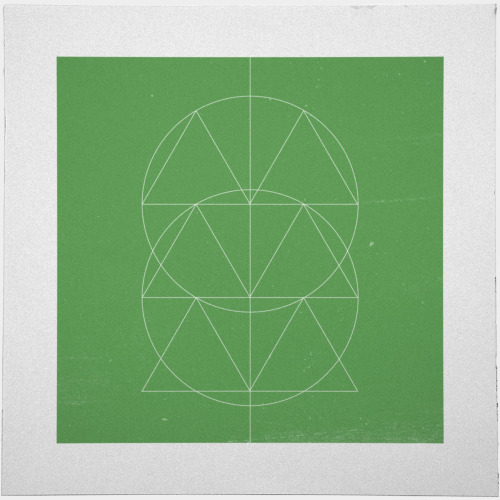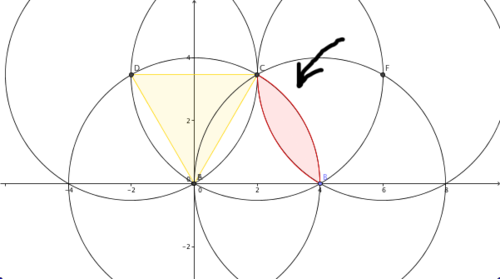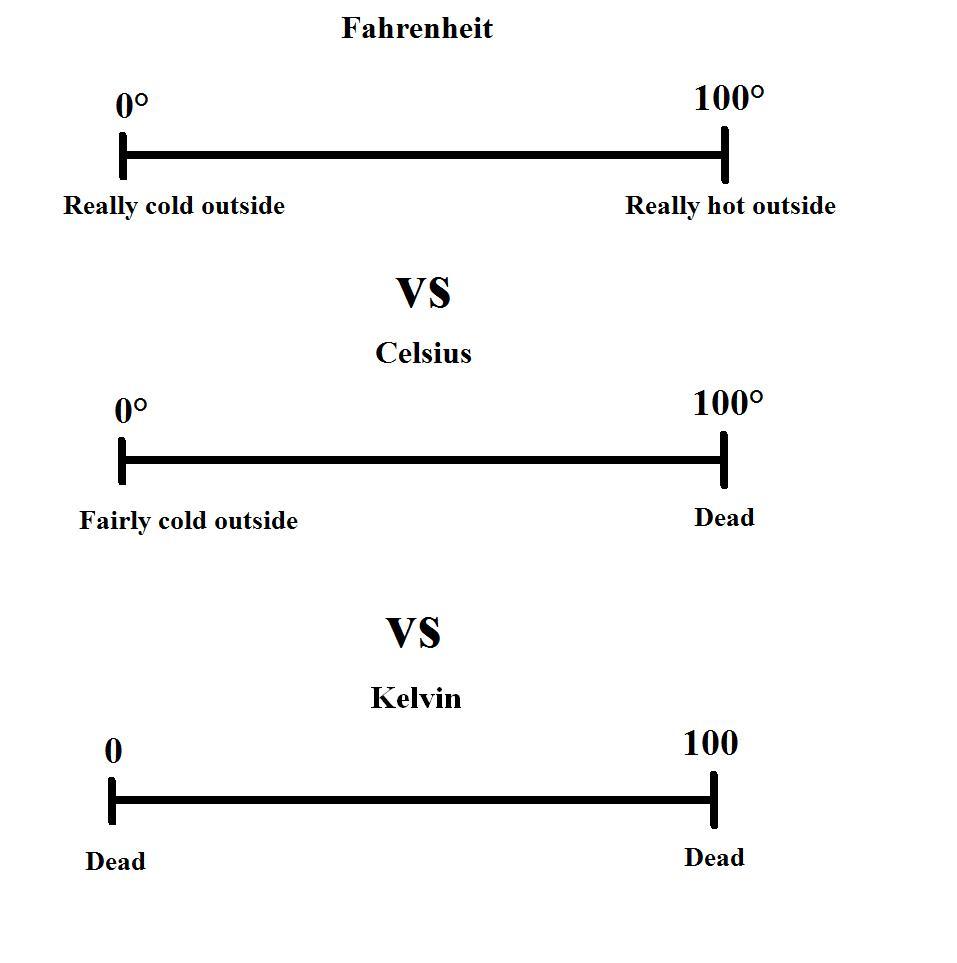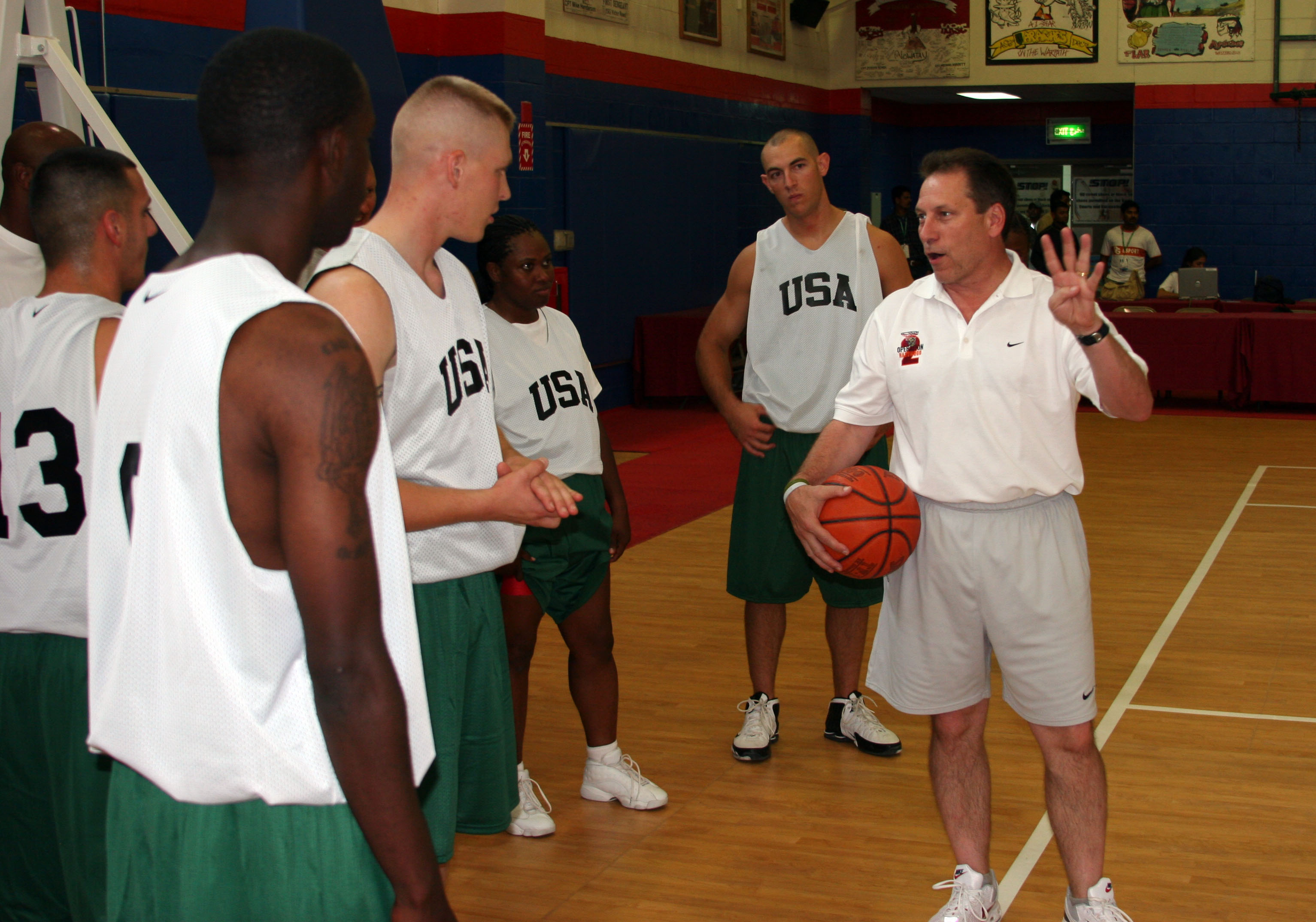Ellen Langer pioneered what she calls mindfulness research – coined to deliberately contrast with mindless behavior and action. Her principal book on the subject is
Mindfulness, but she has also written many follow up volumes. One of them that is focused primarily on applications in education is
The Power of Mindful Learning, our department book group read this semester. It was raised as a possibility by my colleague Esther Billings. (Here's the
promo I put together for the dept.; it includes a couple videos.)
It’s a short book with easy to read chapters, yet there’s much to discuss. We’re having two discussions, and this post is generated from notes from my reading and the first discussion. Each chapter is about an educational myth, introduced with a fairy-tale, and cross-referenced with particular bits of research. (In this summary I'll just pick one bit of research I found intriguing.)
The Book
Introduction: Little Red Riding Hood, overview of the 7 myths; pitches the book as a why-to rather than a how-to. Although she is a professor at Harvard, so is some mention of how she uses some of these ideas in her teaching. Mindfulness has three characteristics:
1. continuous creation of new categories
2. openness to new information
3. implicit awareness of more than one perspective.
You can see how the alternative to these is also a good description of mindless behavior.
Chap 1: When Practice Makes Imperfect.
• Story - the Little Prince and the lamplighter.
• Myth - Basics must be learned so well they become second nature.
• Research - same physics lesson for two groups, but one was told that this is one of several outlooks on physics, which may or may not be helpful. Students did equally well on direct testing, but students in the mindful group outperformed the others on extrapolation or creative use of the ideas.
Some of my connections were to student carrying out a skill regardless of whether appropriate (multiplying out factors when the objective is simplifying) or efficient (long-hand adding 1327 + 998).
Langer asks the costs for following rules without consideration of the context. In particular does drilling basic skills encourage carrying them out mindlessly? My questions: do we allow for individuation? Do we give permission explicitly for different approaches? (Different than not forbidding them.) There’s explicit discussion of absolute and conditional approaches and how that relates to gender in K-12 math. Since we traditionally teach math so as to contradict earlier teaching. (You cannot subtract a larger number from a smaller; oops, yes, you can.)
Chap 2: Creative distraction
- Story - the Three Languages (Bro.s Grimm) (new to me)
- Myth - Paying attention means focusing on one thing at a time.
- Research - students were asked to pay attention to a detail filled poster while sitting still, moving back and forth between marked spots, and sitting and shuffling their feet. The movement group outperformed the shuffling group which out performed the sitting still group. A related experiment in a Montessori (usually active) setting found a still group outperforming a movement group. Langer suggests novelty is the key.
I strongly connected this with the crushing repetition in many math classes. Homework! The idea here that distracted is distinct than differently attracted is powerful. Having students find and try different ways to approach work and obtain new information. Read for different comprehension processes, different objectives for doing homework, different choice schemes... Feels like this might also help explain the myth of the great lesson. One of the effects of novelty is reducing the differences in achievement amongst diverse learners. To me that's evidence of the power of engagement, which means empowering learners to control their own engagement. (Course that could be spending sufficient time with Dave,
read this.)
Chap 3: Delaying gratification is important.
Hold on a second. Scone break. OK.
Chap 3: The Myth of Delayed Gratification
 |
| Elizabeth Bishop, Primer School |
- Story - bit from Elizabeth Bishop on starting school.
- Myth - necessary work that is unnecessarily arduous can successfully be justified by future rewards.
- Research - participants were asked to watch something they disliked. One group was asked to look for 3 or 6 distinctions, the other was not asked to do so. The groups that drew distinctions liked the activity more, and the more distinctions they found, the more they liked it. The other group saw no change in liking.

Interesting choice for the story. I wasn't familiar with
Bishop, and was disappointed this wasn't the fairy tale. Google books has quite a bit of her
Collected Prose, including this whole story. Langer leaves out the math bit, which almost makes her point better than the part she does include.
This chapter felt like a stinging indictment of School Math As Usual, Grueling. Why are we learning this? You'll need it for... Why do we have to memorize? You'll need it for...
This also leads to the next chapter.
Chap 4: The Hazards of Rote Memory
- Story - Hansel and Gretel
- Myth - memorization is way more useful than it is
- Research - students were asked to read a high school literature essay, and either asked to "learn the material" or "make the material meaningful to themselves" with suggested ways of doing this. Half of each group was told they would be tested. They were tested immediately, then given homework with the same instructions, and tested four days later. Students told to learn it for a test performed the worst. Testing made little difference among students told to make it meaningful.
It seems like the most frequent recipe given to struggling students is to do lots of practice with an emphasis on memorization and impending tests.
Teaching Gap culture point of view.
The Discussion
One neat thing about the discussion was that Sadie Estrella joined our small group from Hawaii by Google Hangout. I am definitely interested in exploring this tech more.
- People noticed that up through this point, Langer had not addressed student interest and desire. How does desire and attitude effect us as teachers and students?
- The rote memorization/drawing distinctions section really made us want to make the math more meaningful for students.
- The question of whether we make the material meaningful or teach students how to make the material meaningful. We can make ourselves into a pretzel, and it can affect achievement, but is it sustainable?
- How much do students build the wall that stops them themselves?
- Interesting the tension between the delaying gratification approach and noticing.
- How do we get students noticing?
- Representations
- Choice:
- Reduce the amount of: this is the way to do it
- Choice results in more investment
- What's good for me? Make students cognizant of what their own needs are.
- Anticipate their strategies.
- What is a good level of novelty?
- Loved the idea in the book of being otherwise attracted vs distracted.
- Very low effort shift: presenting things conditionally. "You could..."
- Interest in experimenting with Langer's notes on gender differences in math possibly being related to the absolute/conditional presentation.
- What do multiple perspectives look like in math?
- Someone connected these ideas with the book Math Exchanges by Kassia Wedekind. (Looks interesting.)
- How could math practice look more like athletic practice where athletes put their own spin on skills and personalize their approach?
- Connections must be important here:
- connections from and to applications.
- connections between different mathematical ideas.
- How is this mindful learning the same as and different from critical thinking? Creative learning?
Have you read this book? Any thoughts on these ideas?
Our discussion of Chapters 4, 5 and 6 is this Monday, so look for part 2 soon!




































